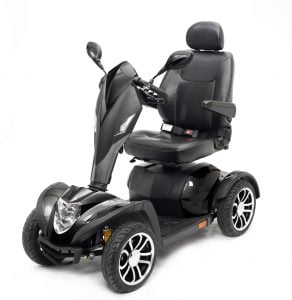 Everyone needs to experience at least one outdoor adventure in their lifetime. It’s a fun escape from the mundanity of our everyday lives.
Everyone needs to experience at least one outdoor adventure in their lifetime. It’s a fun escape from the mundanity of our everyday lives.
A study published in the Environmental Research, Volume 166 highlighted the benefits of spending time in forests or parks. The study found that people who spent more time in green spaces had lower risks of chronic illnesses like type II diabetes.

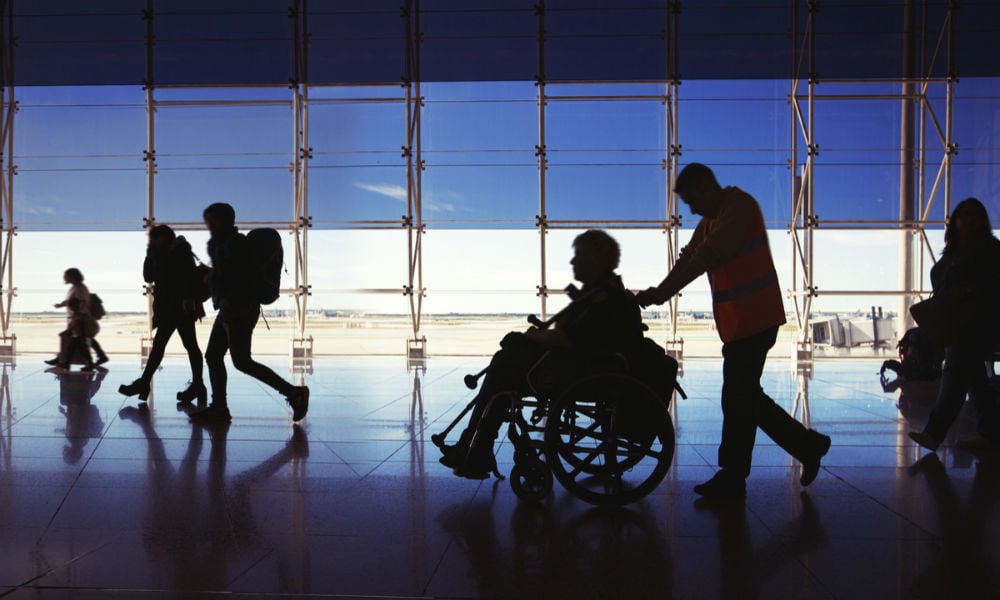
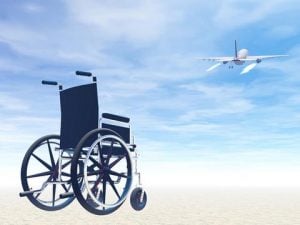 Air travel has its set of challenges for people with disabilities (PWD), despite industry efforts to make air travel easy for them. Sure, there’s the
Air travel has its set of challenges for people with disabilities (PWD), despite industry efforts to make air travel easy for them. Sure, there’s the 
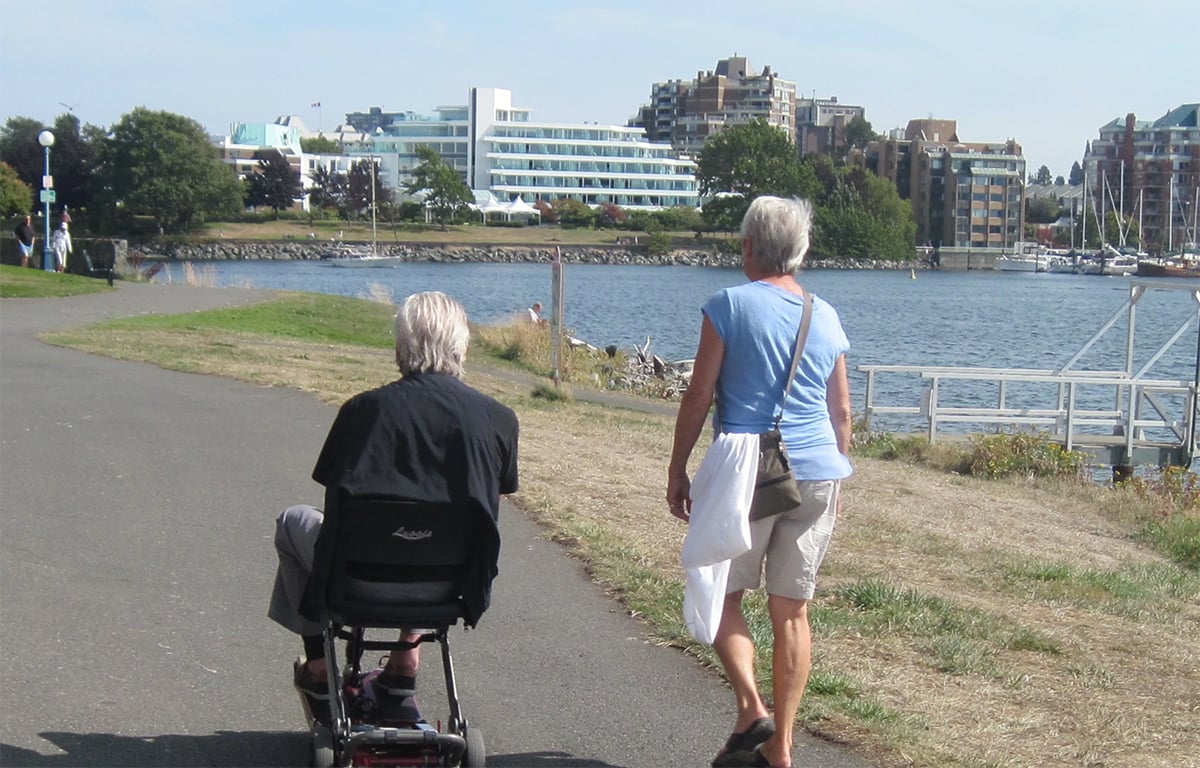
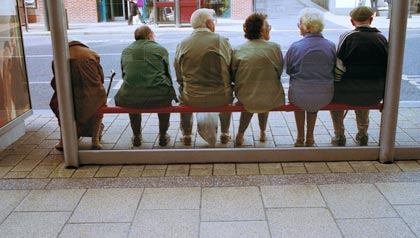 Aging may affect a persons ability to move freely and travel from one place to another because of muscle loss, joint stiffness, and balance issues. Mobility problems can also occur in people who have developed certain diseases, such as Alzheimers, Parkinsons, and other similar conditions.
Aging may affect a persons ability to move freely and travel from one place to another because of muscle loss, joint stiffness, and balance issues. Mobility problems can also occur in people who have developed certain diseases, such as Alzheimers, Parkinsons, and other similar conditions.